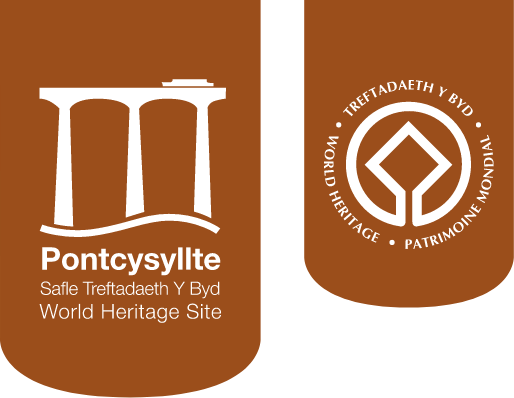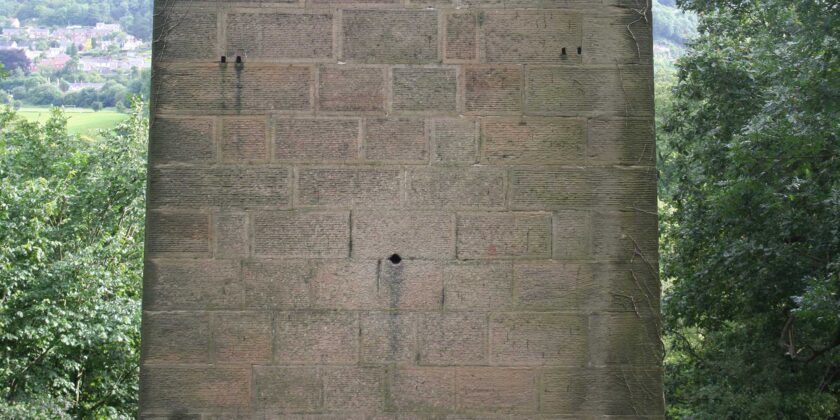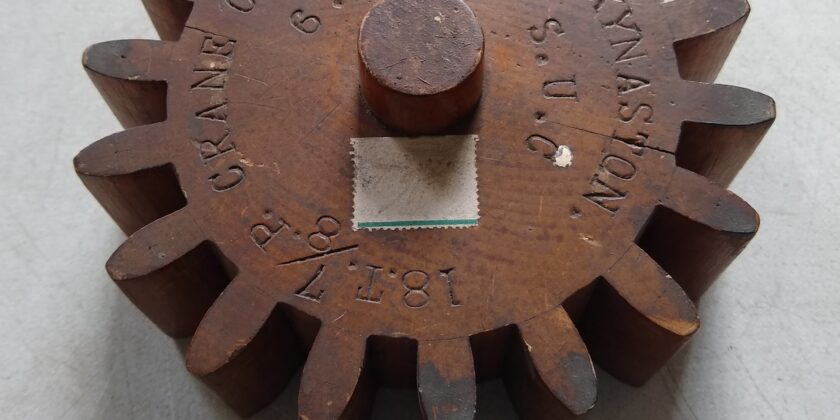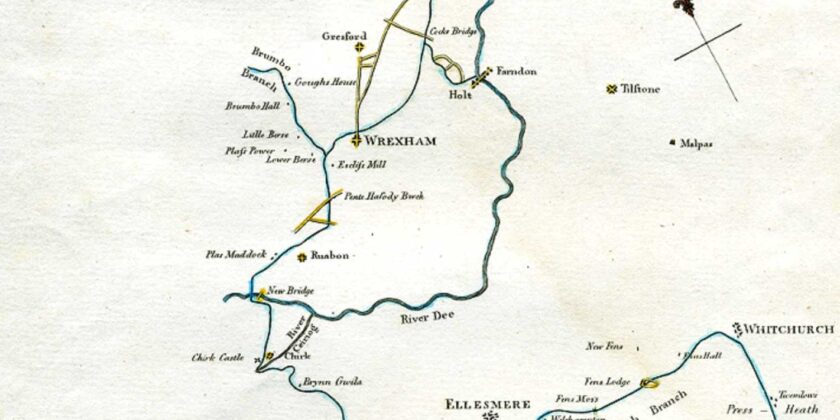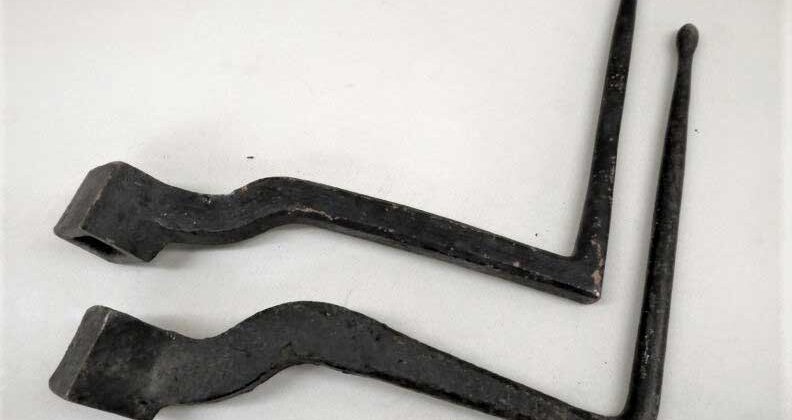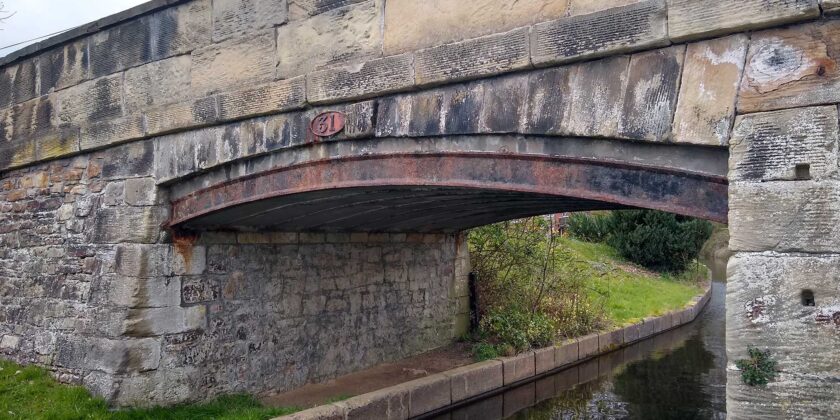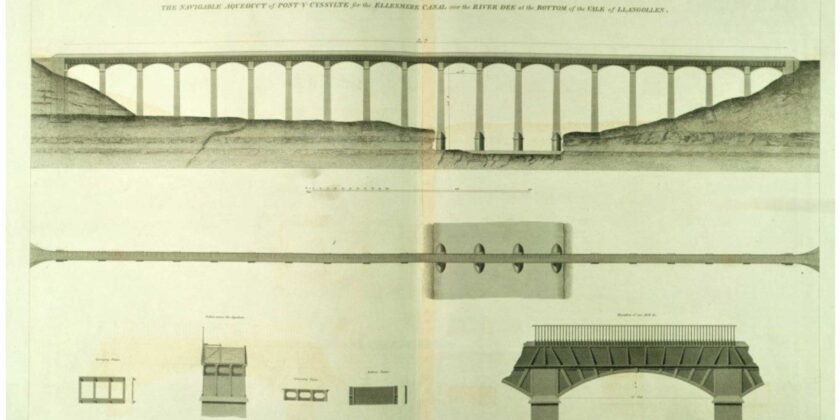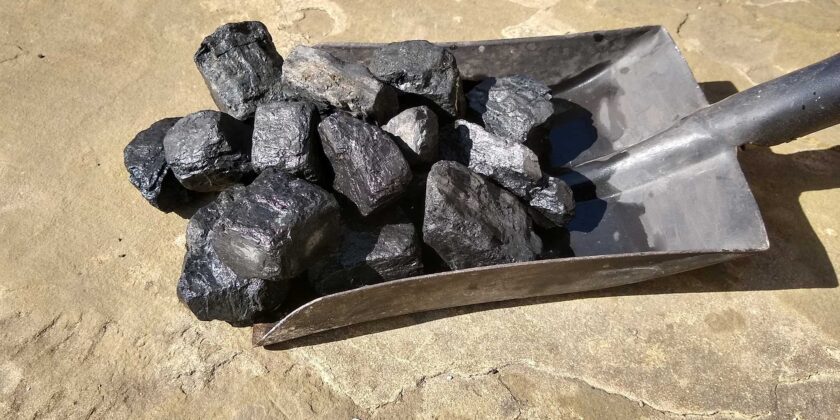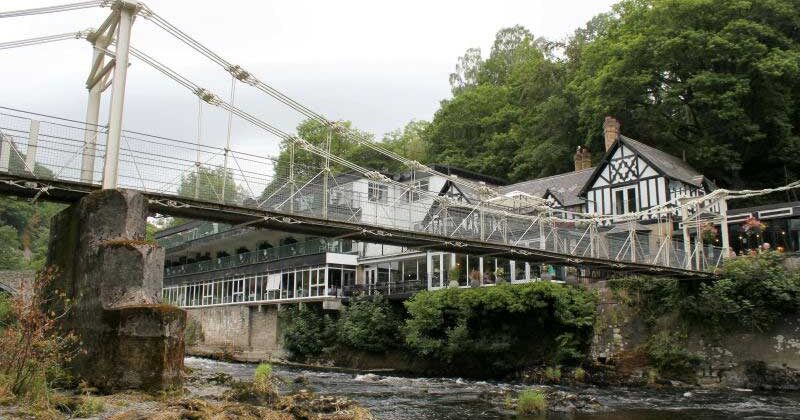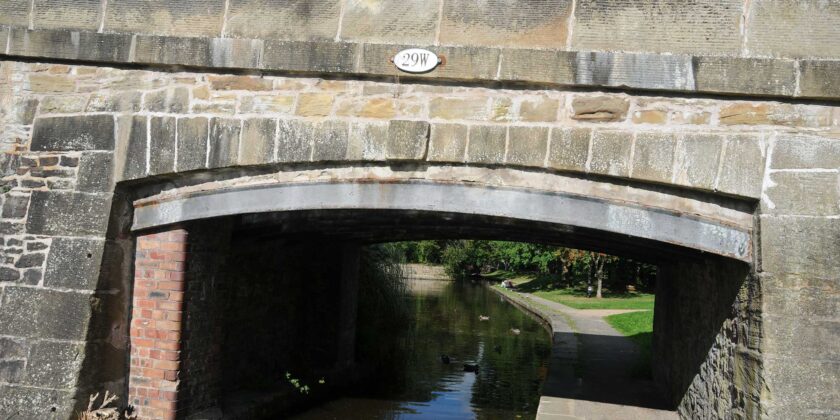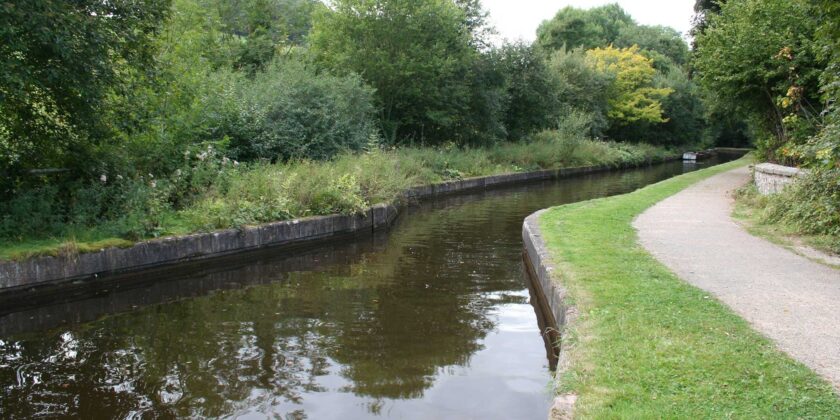Local stone supporting the stream in the sky. The tallest sandstone piers supporting the iron trough of Pontcysyllte aqueduct over the river Dee are over 38 metres (126 feet) high.

Object Category: Engineering Feat
Patterns
Historic templates to keep the canal in working order. This pattern tells us about a disappeared part of the canal’s history. It is the only surviving evidence of a crane which operated on the Plas Kynaston branch canal. The Oil Works were part of the Graesser chemical works but in 1896 the crane was owned and maintained by the Shropshire Union Canal Company.
Surveying
Plotting and building a route through the landscape.
Windlass
The simple key to life on the canal. The windlass is a simple but essential tool for boat owners and maintenance staff on the canal. It is an L-shaped metal bar, with a socket at one end. The socket fits onto a spindle of a sluice or lock gate. The windlass can then wind it open or closed.
Iron
Telford used cast iron that had been made near the canal for the aqueducts at Chirk and Pontcysyllte, in bridges over the canal, like Rhos-y-Coed bridge at Trevor, and in structures throughout Britain.
Documents
Records of the past and plans for the future
Coal
The power behind the Industrial Revolution.
The Chain Bridge
The oldest existing chain bridge in the world.
Bridges
Keeping traffic flowing on and over the canal. Bridges on the Llangollen Canal are numbered in two directions, starting from Frankton Junction in Shropshire. The ‘E’ numbers count eastwards and ‘W’ numbers go westwards. Gledrid Bridge marks the start of the World Heritage Site and is number 19W. The last is King’s Bridge Viaduct at Llantysilio, number 49WA.
Stop Planks
Simple tools for an important job.
